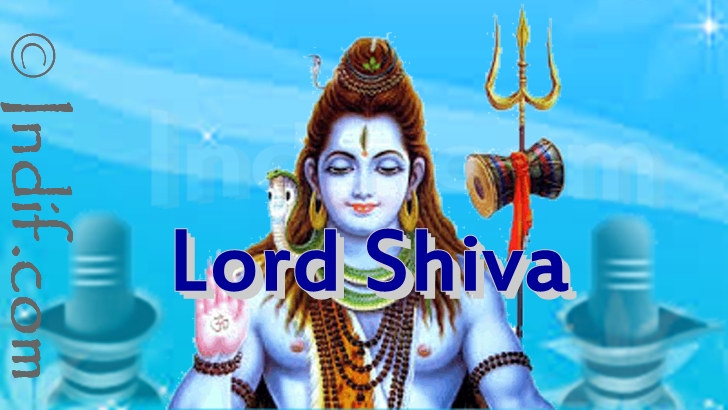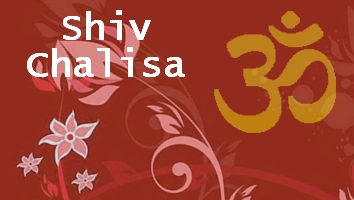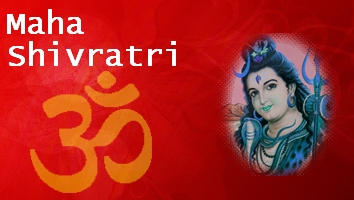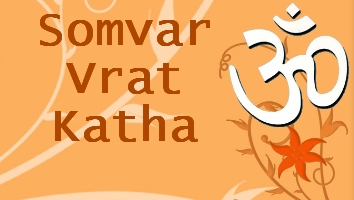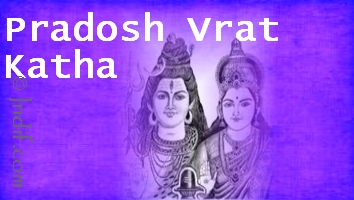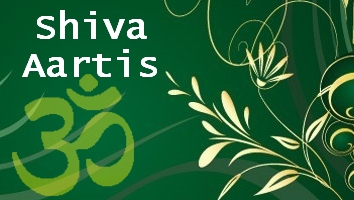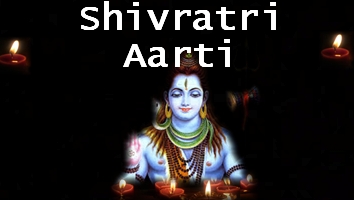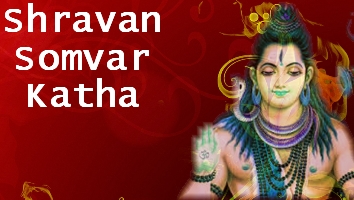![]()
Shiva (Sanskrit for "auspicious one"), Known by many names - Mahadeva, Mahayogi, Pashupati, Nataraja, Bhairava, Vishwanath, Bhootnath, Bhole Shankar. Shiva is the embodiment of opposities, creator and destroyer, lover and ascetic yogi, husband and hermit - Lord Shiva is worshiped in many forms. Inspite of the multiplicity of forms in which he appears, Shivs is mostly worshipped through the Linga, the symbolic, semi-abstract representation of the phallus.
Shiva is 'Shakti', Shiva is power, Shiva is the destroyer, the most powerful god of the Hindu pantheon and one of the godheads in the Hindu Trinity. Hindu god who personifies both the destructive and the procreative forces of the universe. He is both static and dynamic and is both creator and destroyer. As the destroyer, he is represented wearing a necklace of skulls and surrounded by demons. His reproductive aspect is symbolized by the lingam, a phallic emblem. Shankara is the doer of good. Shiva is 'tri netra' or three eyed, and is 'neela kantha' - blue necked (having consumed poison to save the world from destruction. Shiva is also the god of asceticism and of art, especially dancing.He is best known in his form as Shiva "Nataraj" -- Lord of the Dance -- who dances the world both into and out of existence. He rides on the bull Nandi, and his consort and wife is the mother goddess Parvati, or Kali and his sons are Ganesh (elephant-headed) and Skanda (many-headed). Some Hindus worship Shiva as the supreme deity and consider him a benevolent god of salvation as well as a god of destruction.
Shiva as a seperate divinity first appears in the Ramayana and Mahabharata epics; he is cited in the Shvetashvatara Upanishad as the highest divinity. It is clear that the worship of Shiva is quite ancient.
According to the stories of Shiva, he was first found with his wife Sati, who tragically dies, and then with Sati's reincarnated form Parvati. Shiva's family includes his wife Parvati, the elephant-headed god Ganesha, and his younger son Kartikeya.
Lord Shiva is shown either in meditating or in the form of a Dancing God Nataraj where his dance is to the beat and rhythm of creation. He is also shown in sculptures with many hands. One pair of hands, for example, represents the balance between life and death.
The main iconographical attributes of Shiva are the third eye on his forehead, the snake Vasuki around his neck, the adorning crescent moon, the holy river Ganga flowing from his matted hair, the trishula as his weapon and the damaru as his musical instrument.
Lord Shiva is said to be half man and half woman. In the full figure of Shiva the male and female principles are united. Shiva Linga - the symbol of Lord Shiva which consists of both Lingam (phallus) and yoni (the female organ) represent the totality of his nature and the totality of all created existence.

